Keeping Your Tiny Home Cooler in the Summer
Keeping a tiny home cooler in the summer can present some unique challenges, but can also provide some interesting advantages not available to the residents of stick-built homes. For example, they can’t turn their homes around to avoid being broadsided by the sun’s rays. In addition to utilizing methods created for RV dwellers ( See the page I did on Keeping Your RV Cool), tiny homes also have a lot more insulation than RVs, greatly decreasing the “sweltering tin box” effect. However, they can still get hot. Let’s take a look at some helpful tips for beating the summer heat.
Keeping Your Tiny Home Cooler By Creating Shade
Keeping the sun off your tiny home is one of the most efficient ways of keeping your house cooler in the summer. This option may seem like a no-brainer, but this should be the first thing you consider.
Unfortunately. many tiny home dwellers live in RV parks or other rental situations where these options aren’t always available. If so, just skip on ahead for more suggestions that could apply to your situation.
Planting Trees
If you own the property under your tiny home, planting trees for shade could be a good option. Although waiting for the trees to get big enough to provide shade may be a “down the road” solution, the sooner you get them in the ground, the sooner you’ll have that shade.
Trees may only block 25% of the suns UV rays, but they add value to any property. The shade also reduces the water required for your lawn.
Tree Choice
I chose fast-growing aspen and cottonwood trees (see photo above). They are native to my area and grow comparatively fast. They lose their leaves in the fall so I get the sun’s warmth in the winter. I planted some juniper to add privacy more than shade. It stays green year ’round, and can grow several feet in a year. In a previous yard I planted various pines and spruce; they were just starting to provide shade when I moved 14 years later.
Get advice from the experts at a local nursery about what grows best in your area. Ficus trees are a great choice for Southern Florida. Maple are a good choice in the Northeast and they are spectacular in the fall, but raking the leaves is an undeniable reality.
See our page on landscaping for more ideas: Tiny House Landscaping
Sun Sails
Adding shade in the form of Sun Shade Sails is quick, easy, and fairly inexpensive. The Sun Shade Sail shown here is 10’x 13′ and is reasonably-priced on Amazon. These shades are 95% effective in blocking UV rays. When installed correctly and stretched tightly, they hold up to the strongest winds.
In the photo at the top of this page, you can see my blue triangular-shaped sun shade sail in the upper right corner. It provides shade for the deck, but more importantly, it shields the glass door from the bright morning sun. The change in temperature is dramatic.
Sun Shade Sails come in a multitude of shapes and sizes. Ive had mine for many years and it’s still as good as new. The only trick was stringing it up. It took several tries to get the hooks in just the right locations. One rope extends clear across the yard to the fence post, and one is way up over the shed. Now it only takes about 15 minutes to set it up each spring.
Sun Shade Sail does make special support poles if needed to raise the height of the tethers so you don’t get hung up on them.
Awnings
Adding an awning is a great idea, but can be quite a bit more expensive. This 10′ retractable awning costs $298.00* from The Home Depot.
ALEKO awnings are powered by a simple hand crank and are easy to unfurl in less than a minute, giving you more time for outdoor fun and relaxation. The awning can be used on its own, or with 2 strong, reliable support arms (sold separately), that can be installed vertically on a deck or patio floor, or angled against your house wall.
You can buy powered versions that extend with the press of a button. There is also an optional wind speed monitor that will automatically retract the awning if the wind speed get too high.
The Home Depot sells a myriad of sizes and colors. Most will need to be special ordered online, but you can pick it up in your nearest store and save shipping costs.
For more information about awnings see this page: Awnings for Tiny Homes worthwhile addition
Directional orientation can keep your tiny home cooler
THOWs can be relatively easy to move. Orienting your home so the narrow side faces west will mitigate being broadsided by the afternoon sun. We are fortunate that our deck faces east, so we get nice shade in the afternoon.
Sometimes, getting your tiny house oriented just right while hitched to a truck is out of the question. In that case, you can use a trailer valet. A trailer valet will give you easy, precise ability to move your tiny home without a truck. See the video about them via this link.
Tiny house roofs are very well insulated, but even so, the midday sun can be relentless. I noticed that roof-mounted solar panels added an extra layer of shade that helped a lot. Shading the roof is even more important if your tiny house is a metal shipping container.
See more about solar for tiny homes on this page: Solar Power for Tiny House
Afternoon Sun
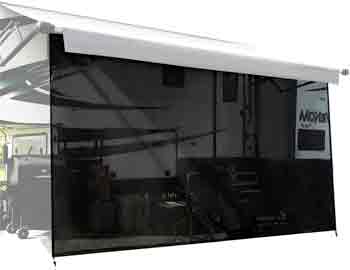
When the late afternoon sun comes in low and hot under your awning, you can use a black mesh UV sun blocker to deter the heat.
The breeze will pass through unimpeded, but the sun’s rays will not. It will also block the view of passersby. You can see out, but they can’t see in.
An RV Sun Screen added to your awning might be just the thing. The RV Sun Shade Screen show is 10′ by 18.5′, but this company has over a dozen sizes advertised. The fabric will block 86% sunlight, reducing the temperature immediately.
These shades have many rings and grommets, so you can engineer many ways to hang them where needed.
I saw one man set up two 12-foot high 4×4 posts, and stretch the mesh between them. It provided shade in just the right place.
Bamboo Roll-up Shades
Bamboo shades offer a beautiful and eco-friendly choice for UV mitigation.
This 100% natural reed curtain is strong and sturdy. It can maintain a good condition for a long time. Unique texture is not only beautiful, colorful, and elegant, its pastoral style will bring a natural and fresh atmosphere to your outdoor living space.
Installation is easy and can be completed in a few minutes. The bamboo is easily cut to size. Reasonably-priced on Amazon. Click image to see details.
Keeping Your Tiny Home Cooler by Creating and Conserving Cool Air
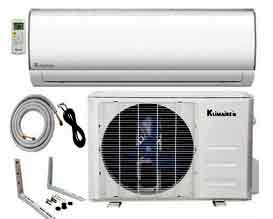
A mini-split heat pump is an excellent investment for tiny home air-conditioning. Besides efficiently cooling the air in warm weather, they also can be used as a heater in the winter. With the added de-humidification feature, reasonable price, and relatively easy installation, a mini-split heat pump would be a great choice for any tiny house.
However, even the most efficient mini-split like this Kilmore 12000 BTU 19 Series guzzles quite a bit of power. It only needs a 110 volt AC circuit, but requires 10-amps running and a bit more on start-up.
Running appliances like air conditioners off-grid requires some planning. See details about that on this page of the website: Running Appliances Like Air Conditioners Off-Grid.
We have covered air-conditioning and heating in detail on this page: Best Ways to Heat Your Tiny Home.
Portable Battery-Powered Air Conditioners
There are two real portable, battery-powered air conditioners on the market today. These can be run off-grid, and their batteries can be recharged in several ways. See the details on this page: Keeping Your RV Cool This Summer
Both the Zero Breeze, Mark III (shown here) and the EcoFlow Wave should be considered supplemental air conditioners for use perhaps in the bedroom, where the air from your mini-spit doesn’t reach. Another interesting use would be on the patio, in a camper, or even a tent.
See my YouTube® video about using the ZeroBreeze, Mark II in my RV. The ZeroBreeze, Mark III has an output of 5280 BTU which is twice what the Mark II had. There is also a heating function.
Earth Tubes
Earth tubes (earthtubes, or earth-air tubes) are underground tubes that use geothermal energy to cool or heat the air for your home. They work like cheap air conditioning because you can build them yourself for several hundred dollars, and they are FREE to run (no electricity needed). Being completely passive, this is a sustainable technology based on designs that are 3,000 years old and still used today around the world to cool homes.
Sometime called “earth-coupled heat exchangers,” they require large PVC tubing to be buried in the ground below the frost line, and into an area of the earth that does not vary in temperature. In order to utilize this method of heating and cooling, you would need to have the capacity to dig a long, deep trench. The tubing and fan are not expensive, but the initial investment in the installation could prove prohibitive. Once installed however, this system can maintain your home at a constant temperature year ’round.
Earth Tubes are commonly associated with Earthships, a type of environmentally-passive home building. See more about Earthships on this page: Earthbag Underground Earthships Tiny Homes
Conserving The Cool Air
We leave the windows open at night. Luckily for us, at 7500 ft elevation, it cools off as soon as the sun goes down. First thing in the morning, we run fans to suck in the cool air even if we need to wear a sweatshirt to stay comfortable. As soon as the daytime temperatures start rising, all of the windows and doors are closed until afternoon, or it gets too stuffy.
Window Coverings
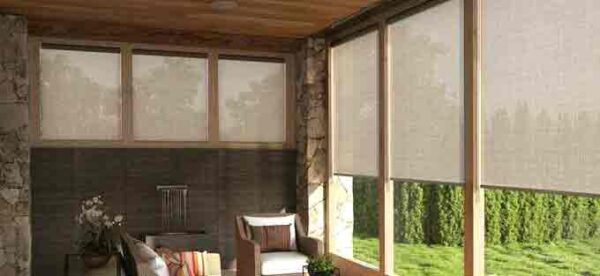 Window coverings have several purposes. Blocking the light, creating privacy, retaining heat in the winter, and blocking UV rays in the summer are all functions of window dressings, not to mention creating a decorative statement inside.
Window coverings have several purposes. Blocking the light, creating privacy, retaining heat in the winter, and blocking UV rays in the summer are all functions of window dressings, not to mention creating a decorative statement inside.
Insulated window coverings will retain the cooler air you’ve created. The Levolor Blinds shown block UV rays while still allowing you to see out.
See my webpage on window coverings for more details: Tiny House Window Treatments.
Keeping Your Tiny Home Cooler by Exhausting Warm, Stale Air
Add ceiling fans and other window fans
Get that breeze moving. Ceiling fans push the warm air down in the winter, but the rotation can be reversed in the summer to move the hot air up and out.
Properly venting a tiny house is important both in summer and winter. See my page about Properly Venting a Tiny House
Add an opening skylight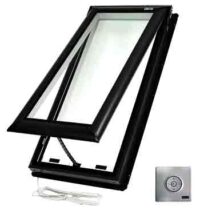
It would be great if you had the higher windows, like in the loft, that opened. Consider adding a skylight like this VELUX VCS solar powered “Fresh Air” skylight. It lights up your home and provides ventilation using only the power of the sun. It features a solar panel that captures any available daylight and uses it to recharge a highly efficient battery-powered operator and control system. The solar panel does not have to be exposed to direct sunlight to function, so it will work on cloudy days and with indirect light.
- Eligible for up to a 26% federal tax credit* on both product and installation costs, making this product very affordable.
More about skylights on this page: Balcony Roof Window
Move heat-producing activities outside
Consider an External Bathhouse
Moving the heat and moisture of showers out of your tiny home will keep it cooler and dryer. See our page on Stunning Bathhouses off-grid.
Also consider possibly moving the laundry outside too.
Outdoor kitchen
Everyone has to eat. Establish a nice outdoor kitchen if you can. Make good use of your outdoor space.
The easiest thing is to cook using the BBQ grill outside and avoid using the indoor oven and stove.
Run an extension cord and cook on an inductive cooktop outside too.
See more about this cool man cave on this page: Man-Cave Cozy Outdoor Kitchen
Other pages of this website that may interest you:
Watching Movies Outside at Night
Off-grid living in a Tiny House
Keeping Your RV Cool This Summer
Dealing with Moisture in an RV
Outdoor Furniture and other fun wood projects


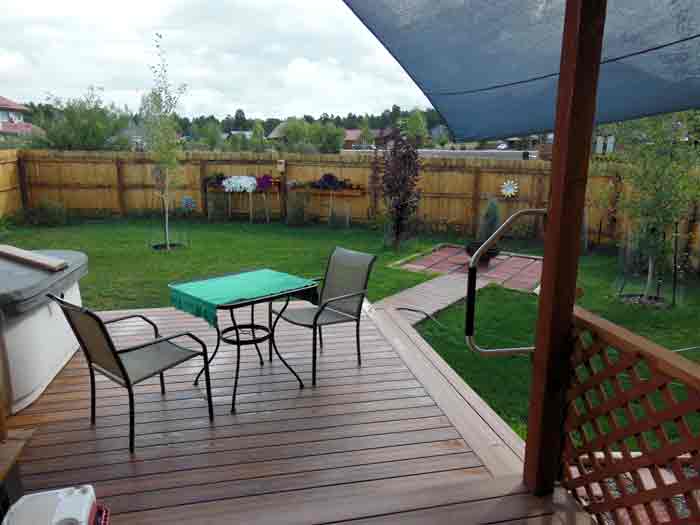
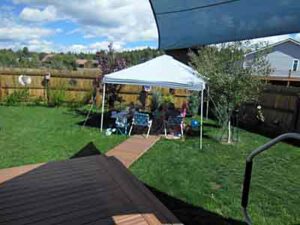
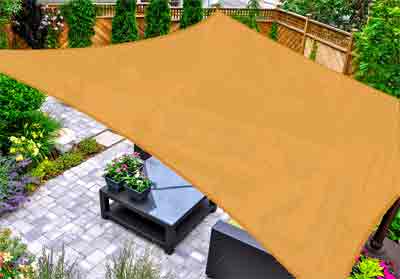
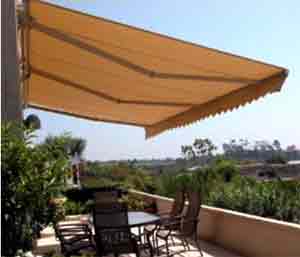
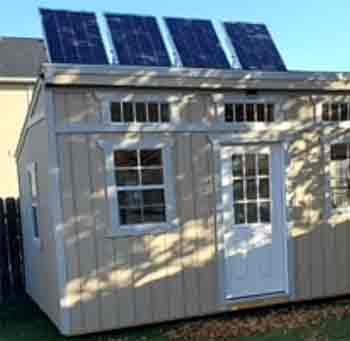
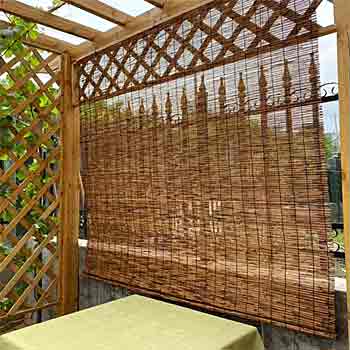

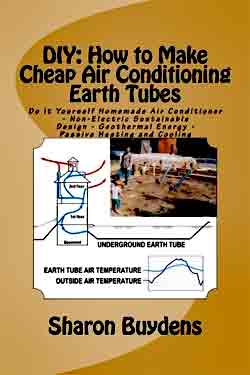

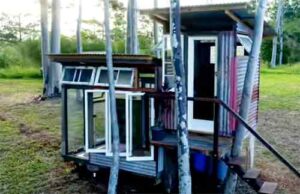
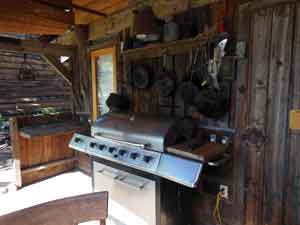
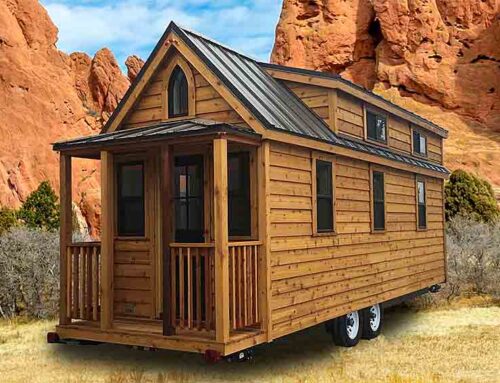
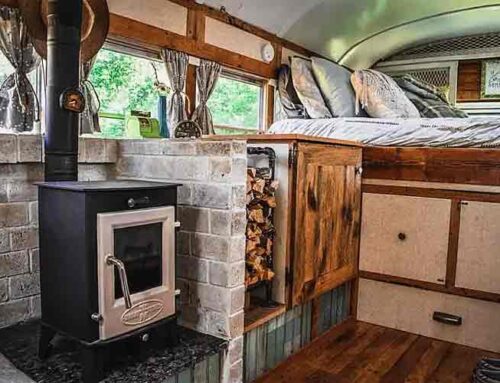
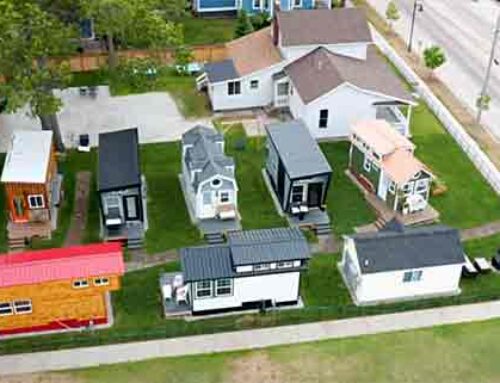
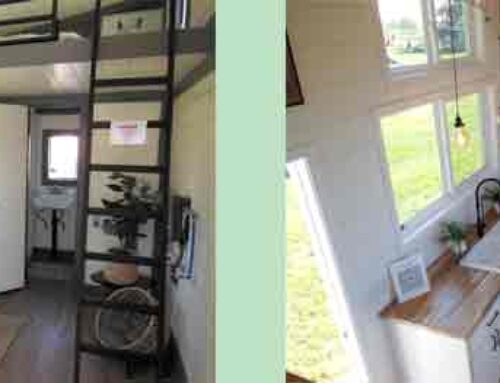
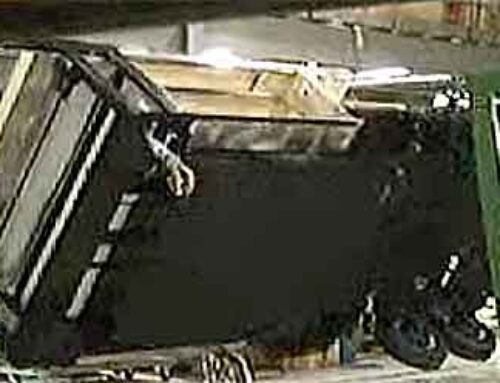
Leave A Comment